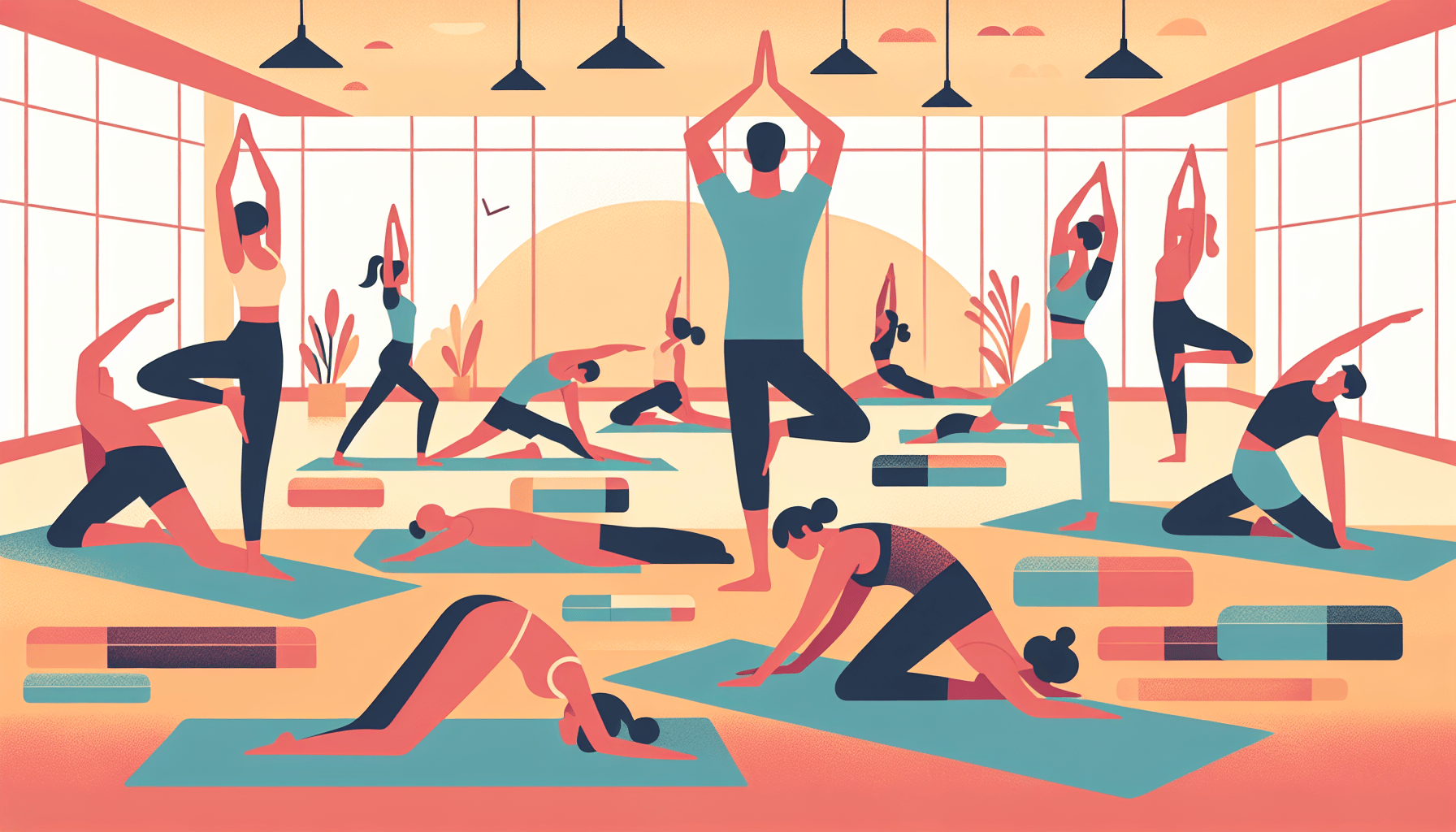Does Mounjaro Affect Fertility?
Understanding Mounjaro and Its UsesMounjaro is a prescription medication commonly prescribed for managing type 2 diabetes. It belongs to a class of drugs that help regulate [...]
Read More
Medically reviewed by Jerome Albert Ecker | MD, Assistant Professor of Medicine, Duke University - Durham, NC on April 26th, 2024.
Yoga is a fantastic way to improve your flexibility, strength, and overall well-being. Contrary to popular belief, yoga is not just for people who can touch their toes or want to meditate. There are many different types of yoga, each with its own focus and benefits. Whether you're looking to relax, move more, or learn new poses, yoga has something to offer everyone.
One of the primary benefits of yoga is increased flexibility. Yoga poses, called asanas, work by gently stretching your muscles. Regular practice can help you move better and feel less stiff or tired. In fact, a study found that people who practiced yoga for just 8 weeks experienced up to a 35% improvement in flexibility.
While some styles of yoga, such as ashtanga and power yoga, are more physically demanding, even gentler styles like Iyengar or hatha can provide strength and endurance benefits. Many yoga poses help build upper-body strength, including:
Downward dog
Upward dog
Plank pose
Standing poses, especially when held for several breaths, can strengthen your hamstrings, quadriceps, and abdominal muscles. Upward dog and chair pose are excellent for strengthening the lower back, while nearly all poses engage and build core strength in the deep abdominal muscles when done correctly.

As you build strength and flexibility through yoga, you may also notice an improvement in your posture. Most standing and sitting poses develop core strength, which is essential for maintaining good posture. With a stronger core, you're more likely to sit and stand tall. Additionally, yoga enhances body awareness, helping you notice and correct slouching or slumping more quickly.
Yoga often involves focusing on your breath, which can help you relax. Some yoga styles may incorporate specific breathing techniques. While most types of yoga are not aerobic like running or cycling, the attention to breathing can still provide numerous benefits.
Many people find that practicing yoga helps them feel less stressed and more relaxed. Certain yoga styles use meditation techniques that calm the mind, while focusing on your breathing during yoga can also promote relaxation.
Yoga has been known to provide various heart health benefits, such as lowering blood pressure and slowing the heart rate. These effects can be particularly beneficial for people with high blood pressure, heart disease, or those who have experienced a stroke. Additionally, yoga has been associated with lower cholesterol and triglyceride levels, as well as improved immune system function.
As you can see, yoga offers a wide range of benefits for both physical and mental well-being. Whether you're a beginner or an experienced practitioner, incorporating yoga into your routine can help you improve flexibility, build strength, enhance posture, reduce stress, and support heart health. To learn more about yoga and its benefits, visit Yoga Journal, Healthline, or the Mayo Clinic for additional resources and guidance.
Begin with basic poses like child's pose and downward dog for 15-20 minutes, 2-3 times weekly, focusing on breath awareness rather than perfect form. Consistency matters more than intensity—flexibility and strength gains become noticeable within the first month of regular practice. If you have concerns about starting safely with existing injuries or physical limitations, Doctronic can provide personalized guidance.
Understanding Mounjaro and Its UsesMounjaro is a prescription medication commonly prescribed for managing type 2 diabetes. It belongs to a class of drugs that help regulate [...]
Read MoreUnderstanding Hydrocortisone Uses and DosagesHydrocortisone is a versatile medication primarily used to reduce inflammation and suppress the immune system in various [...]
Read MoreUnderstanding Zepbound and MounjaroWhen managing type 2 diabetes, patients often face a variety of medication options. Zepbound and Mounjaro are two such options gaining [...]
Read More